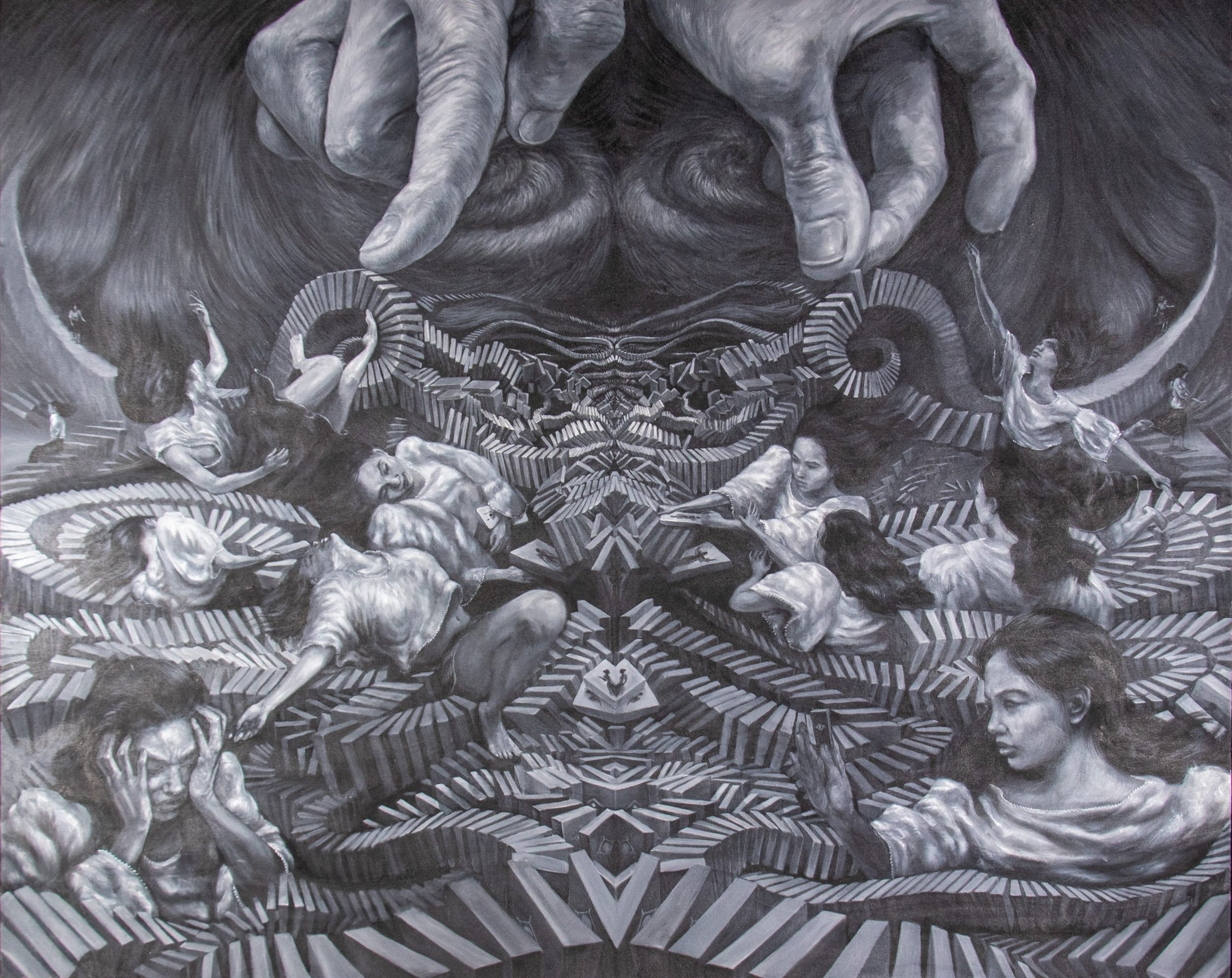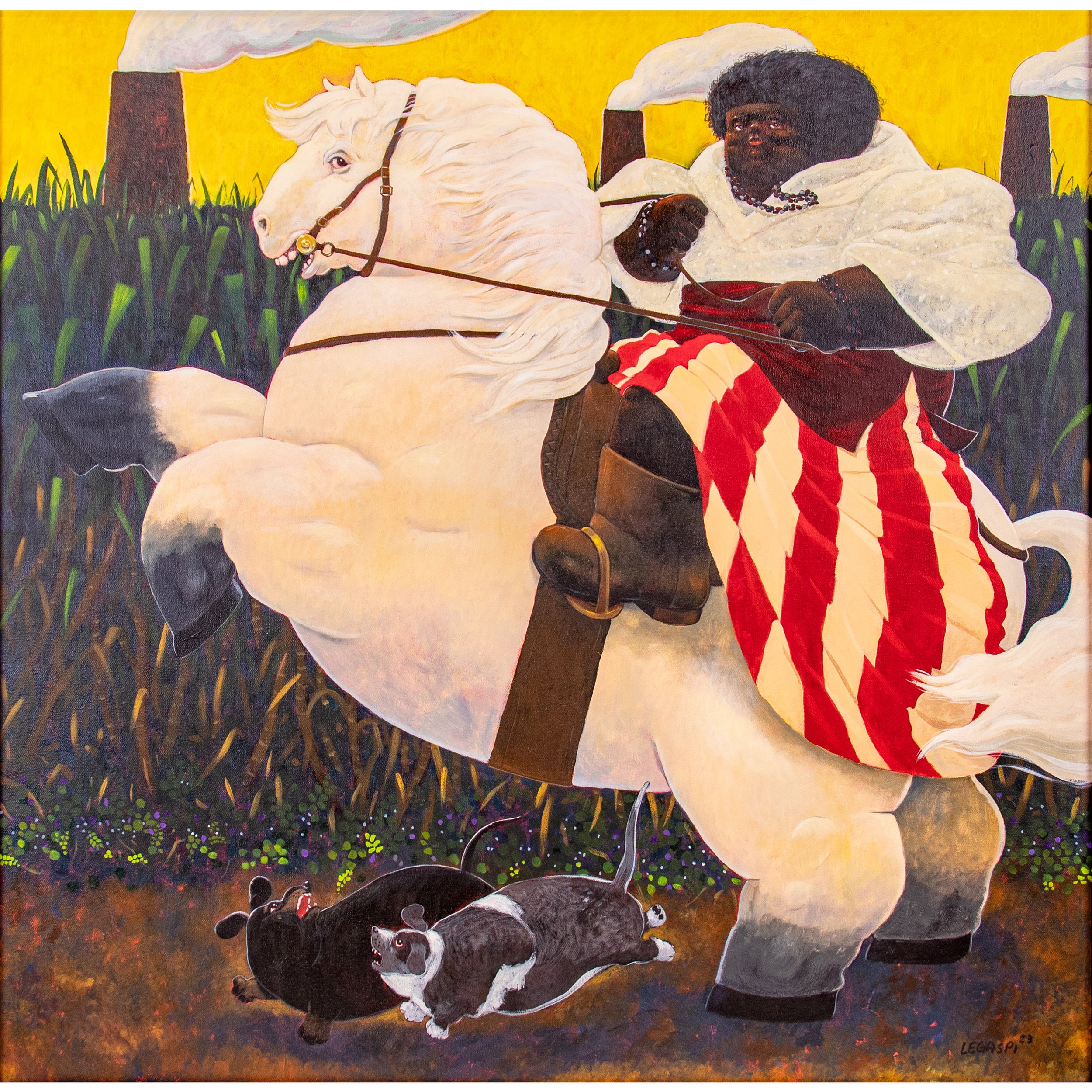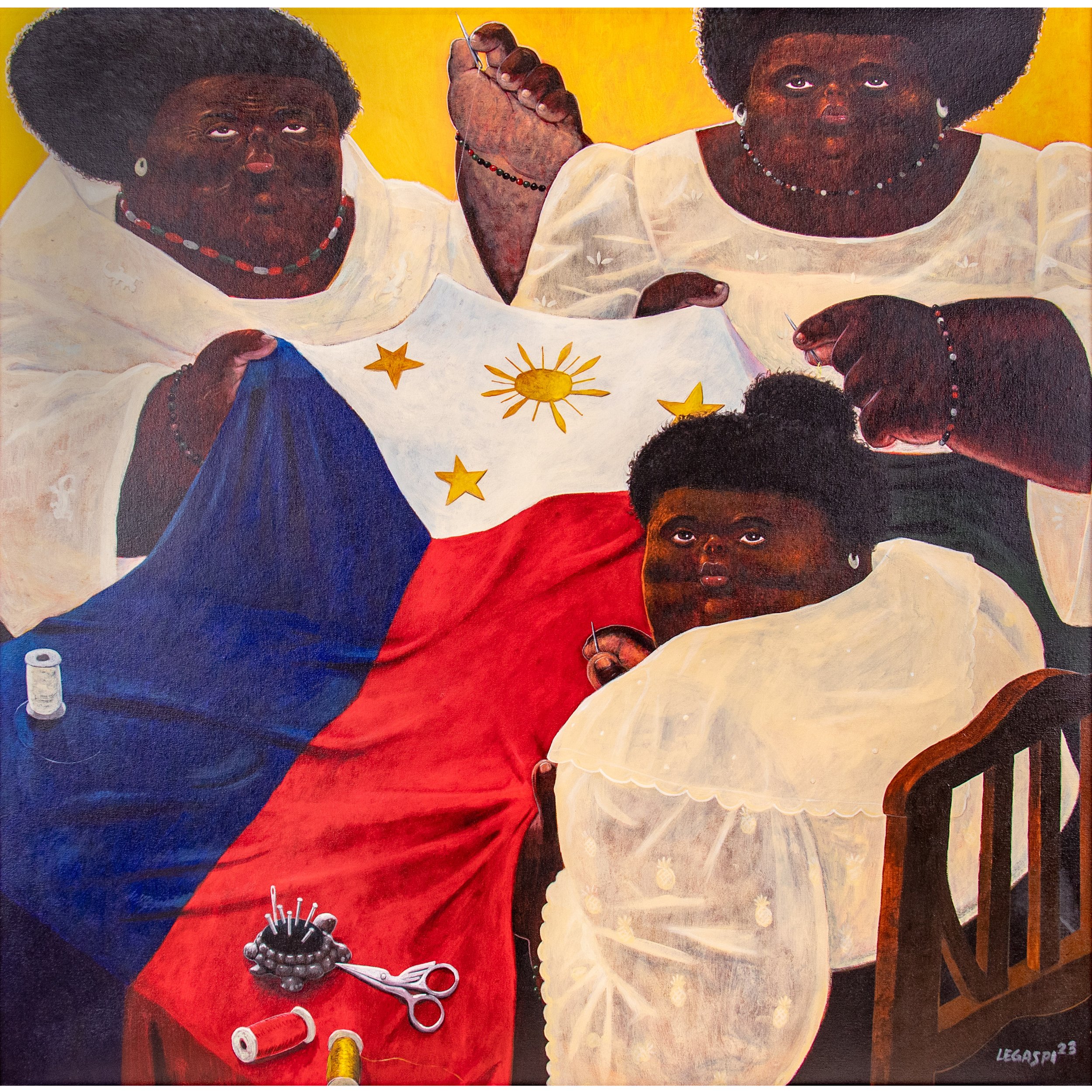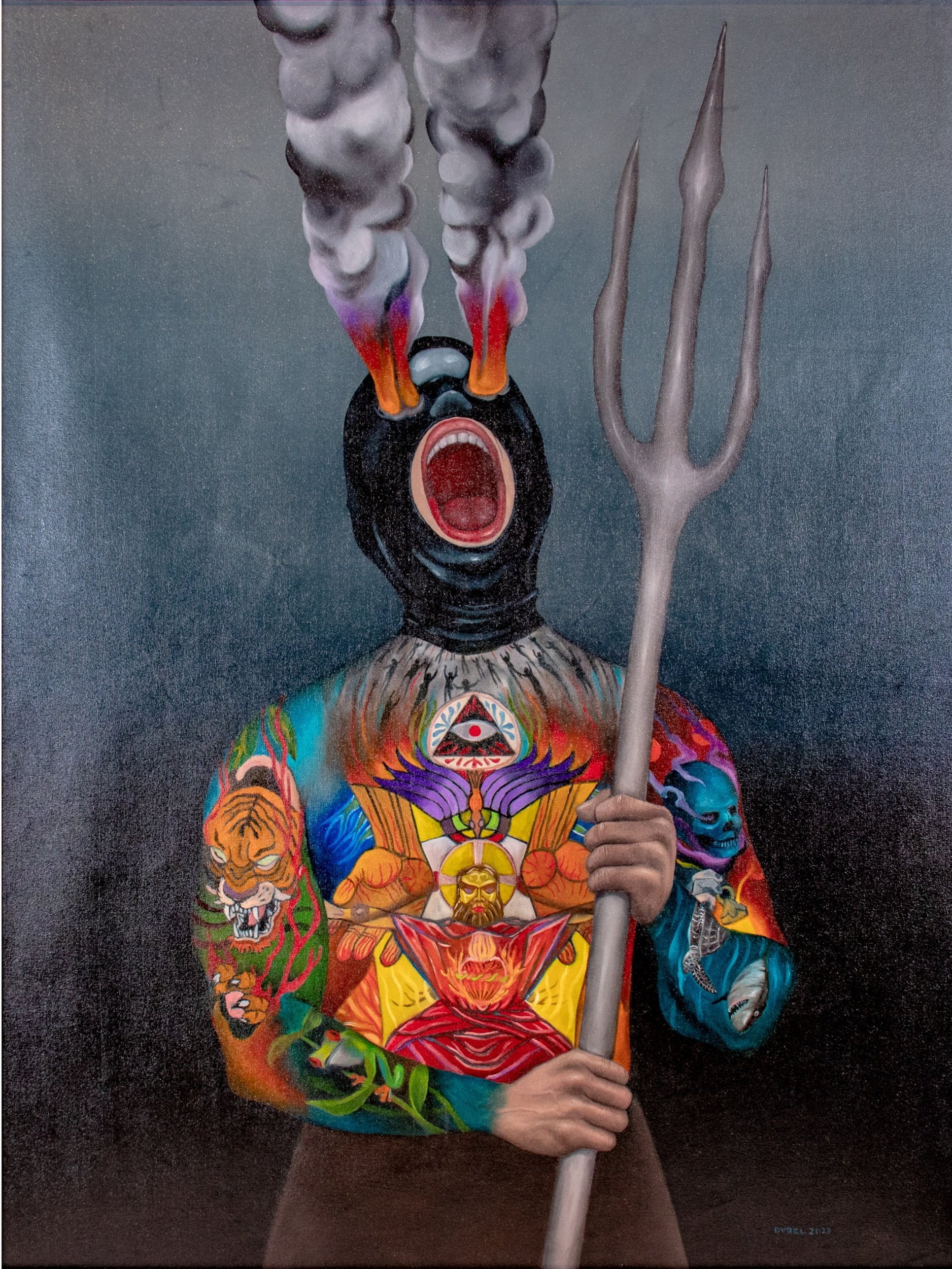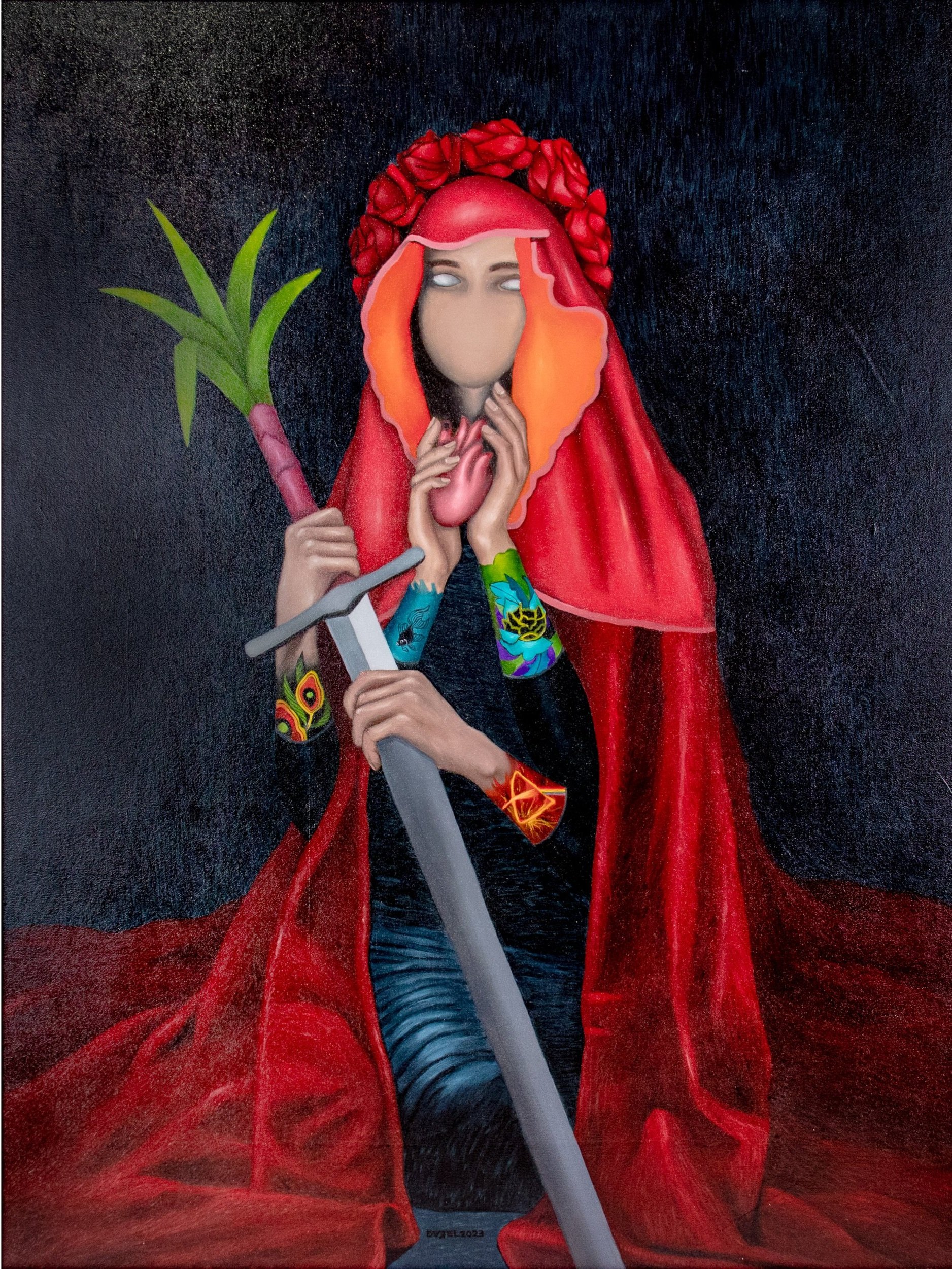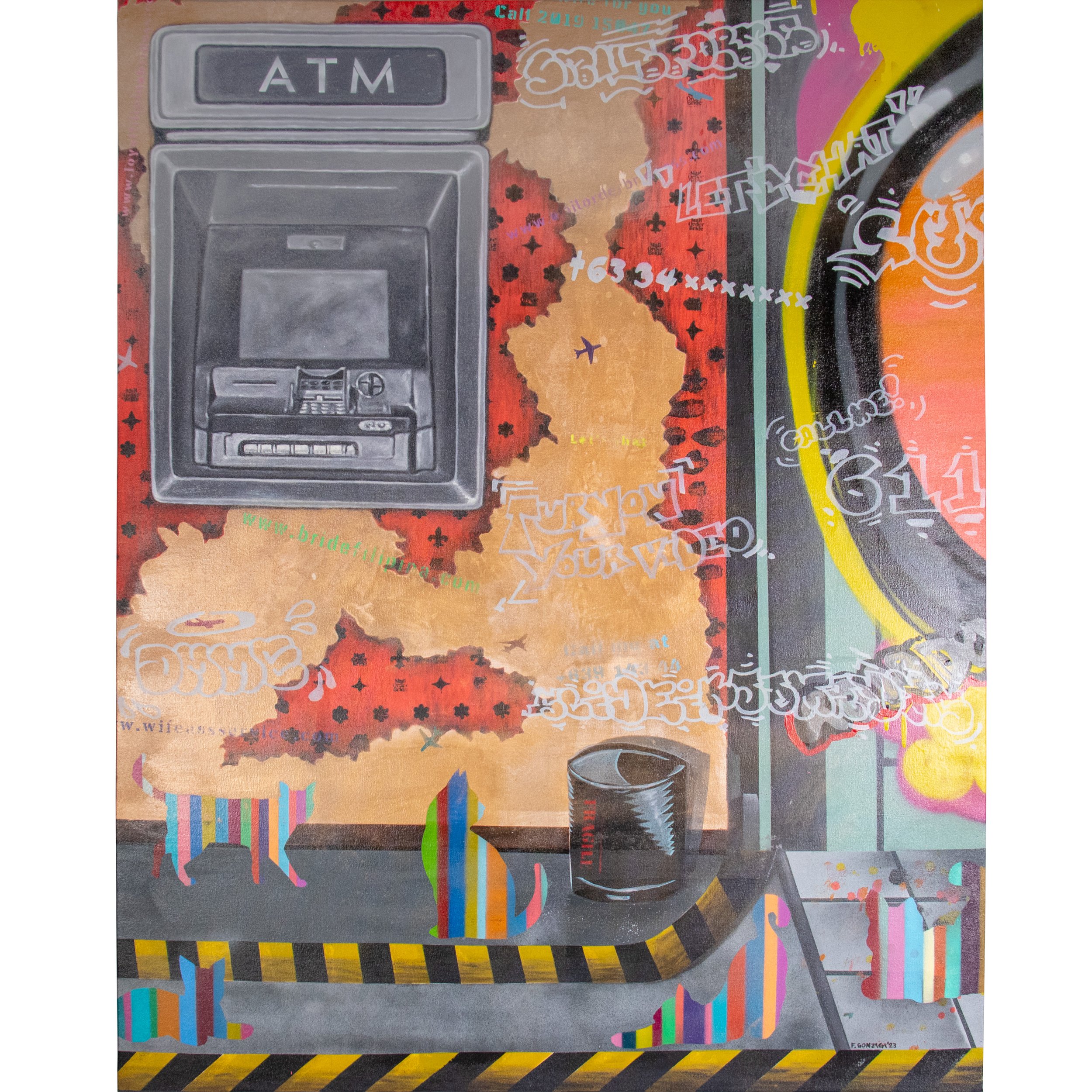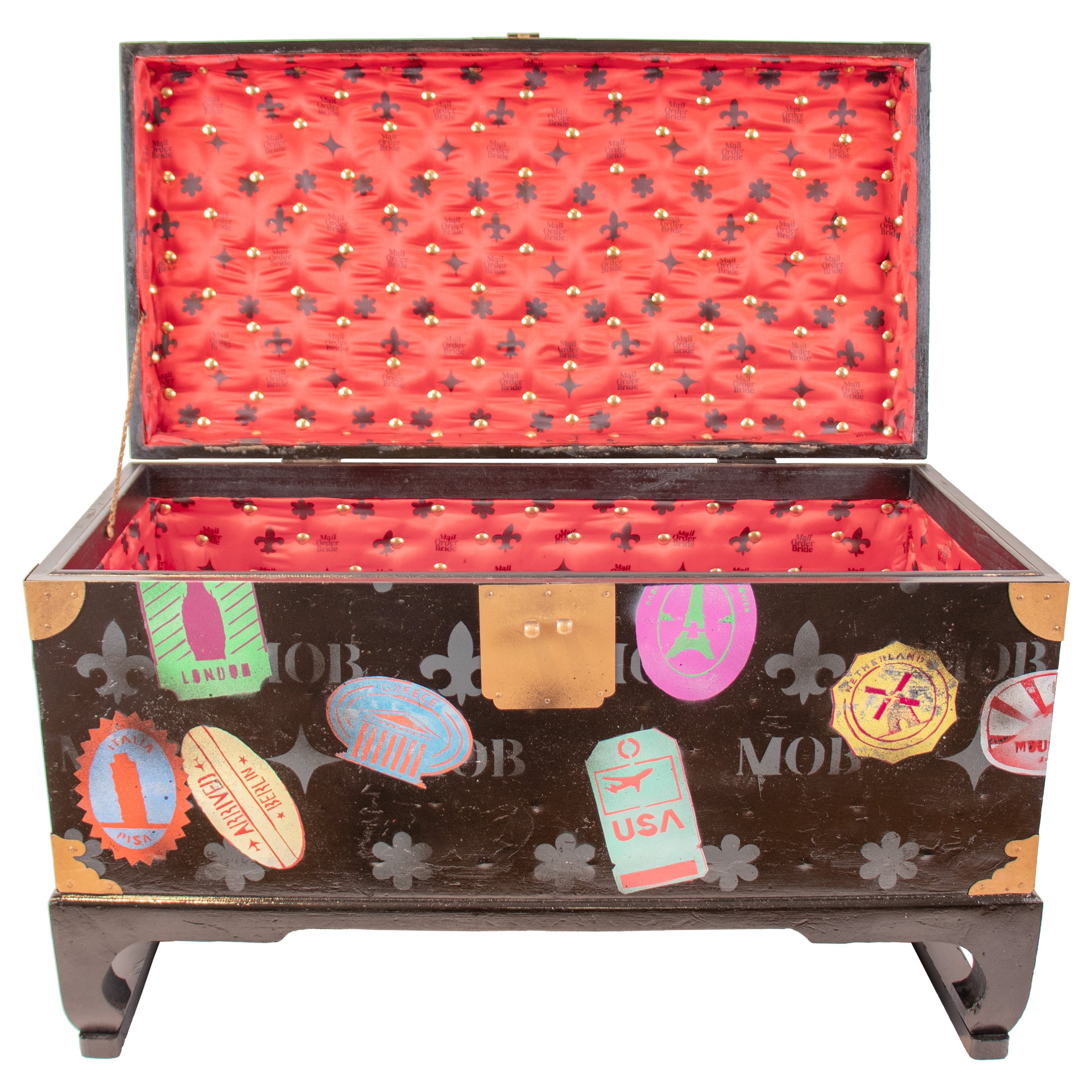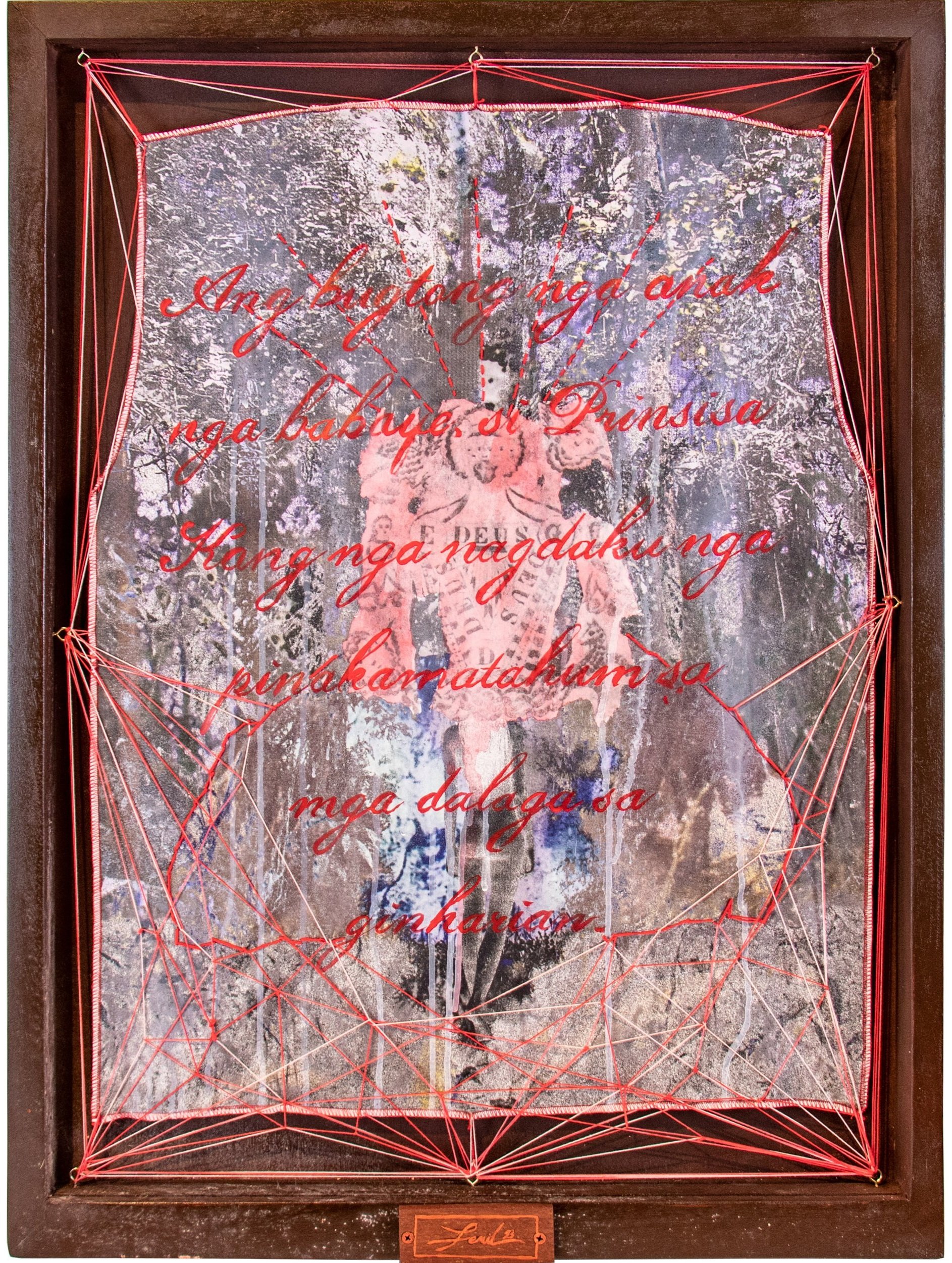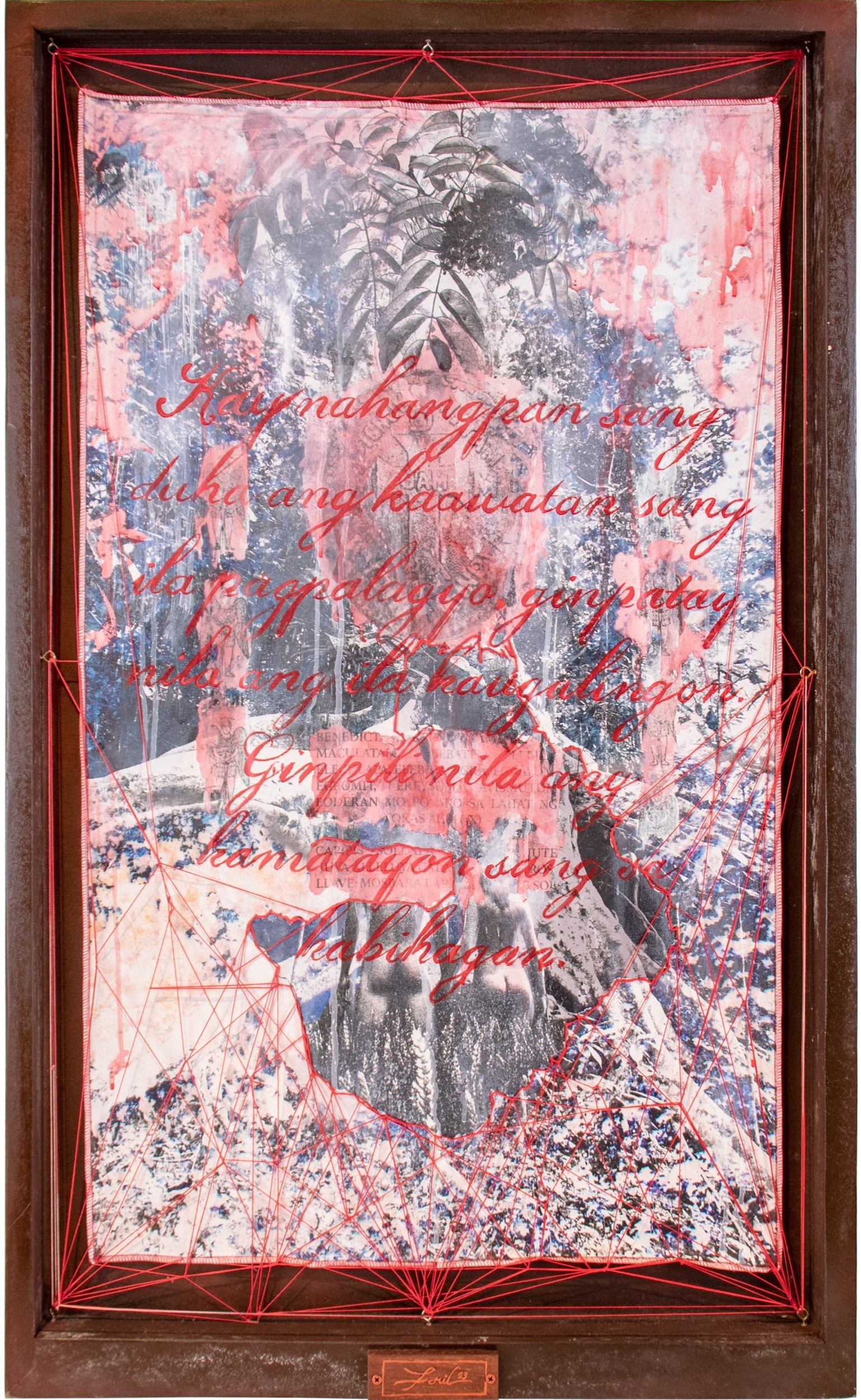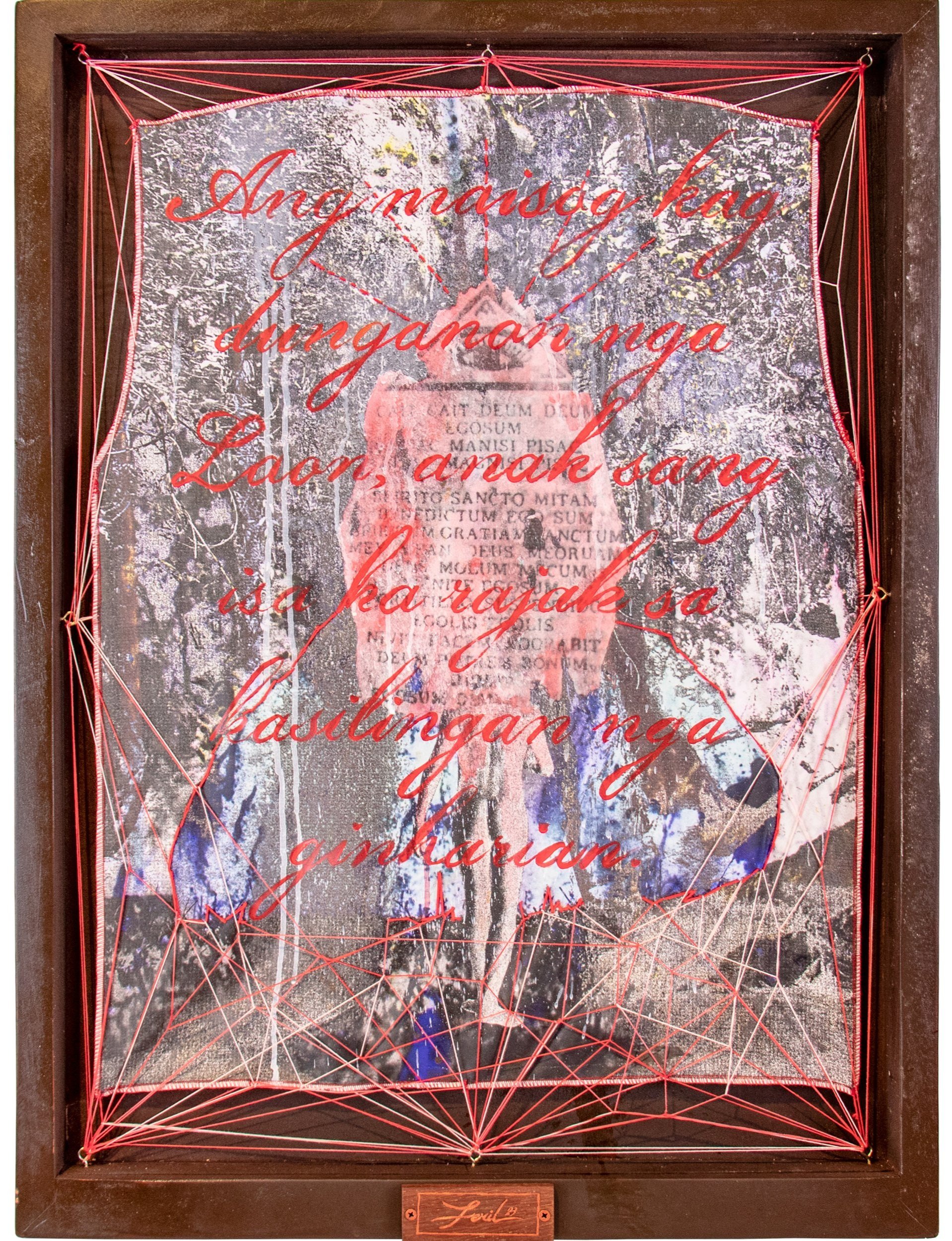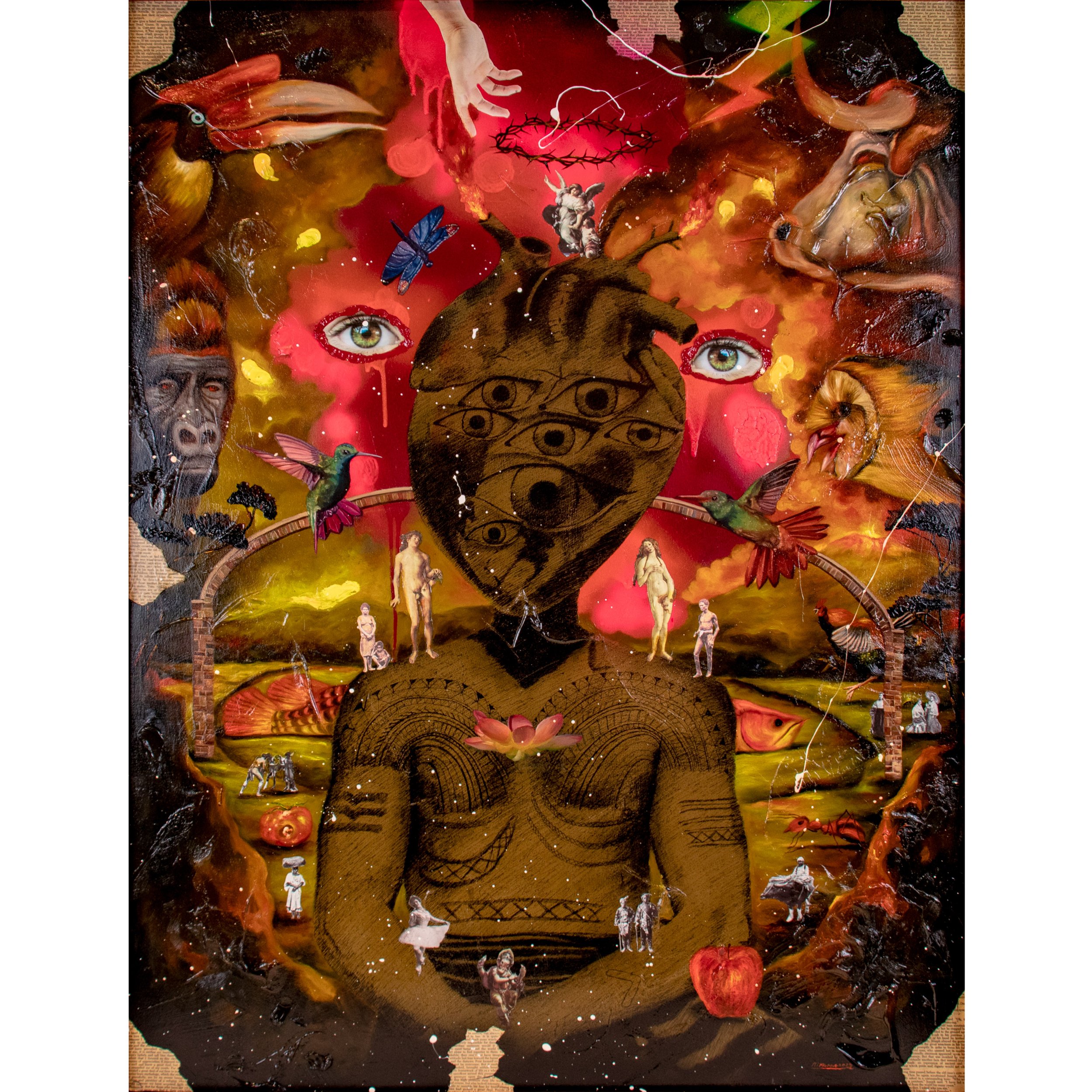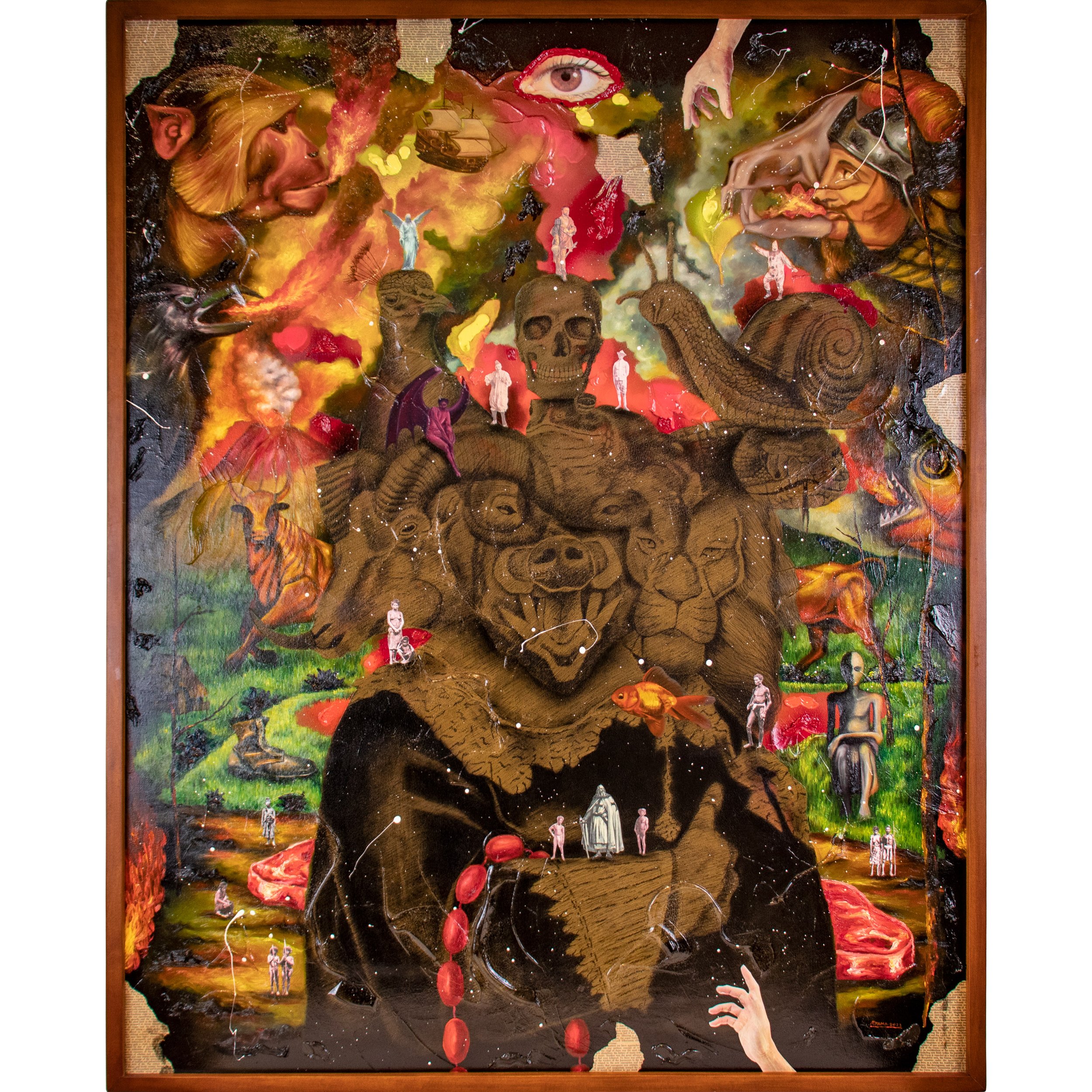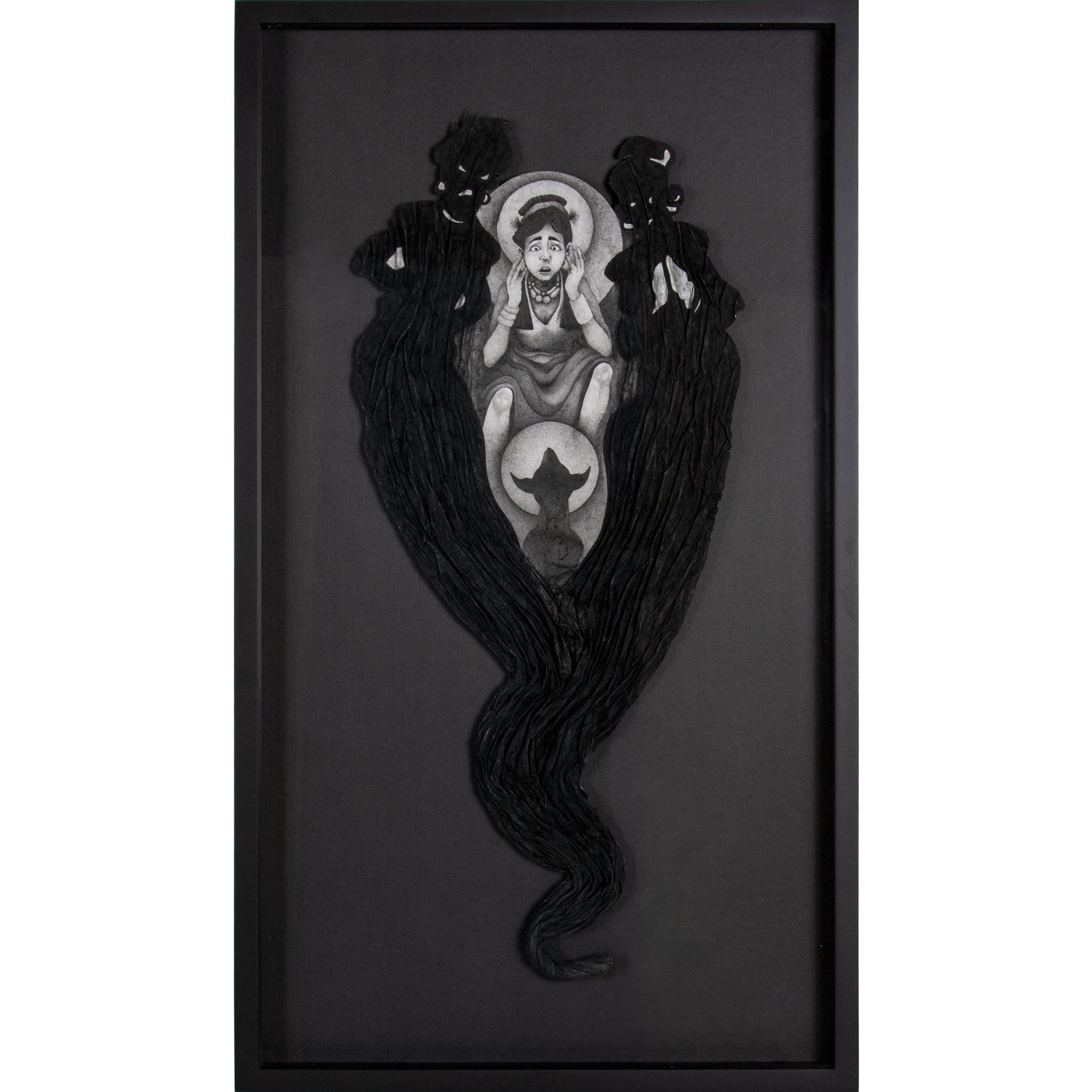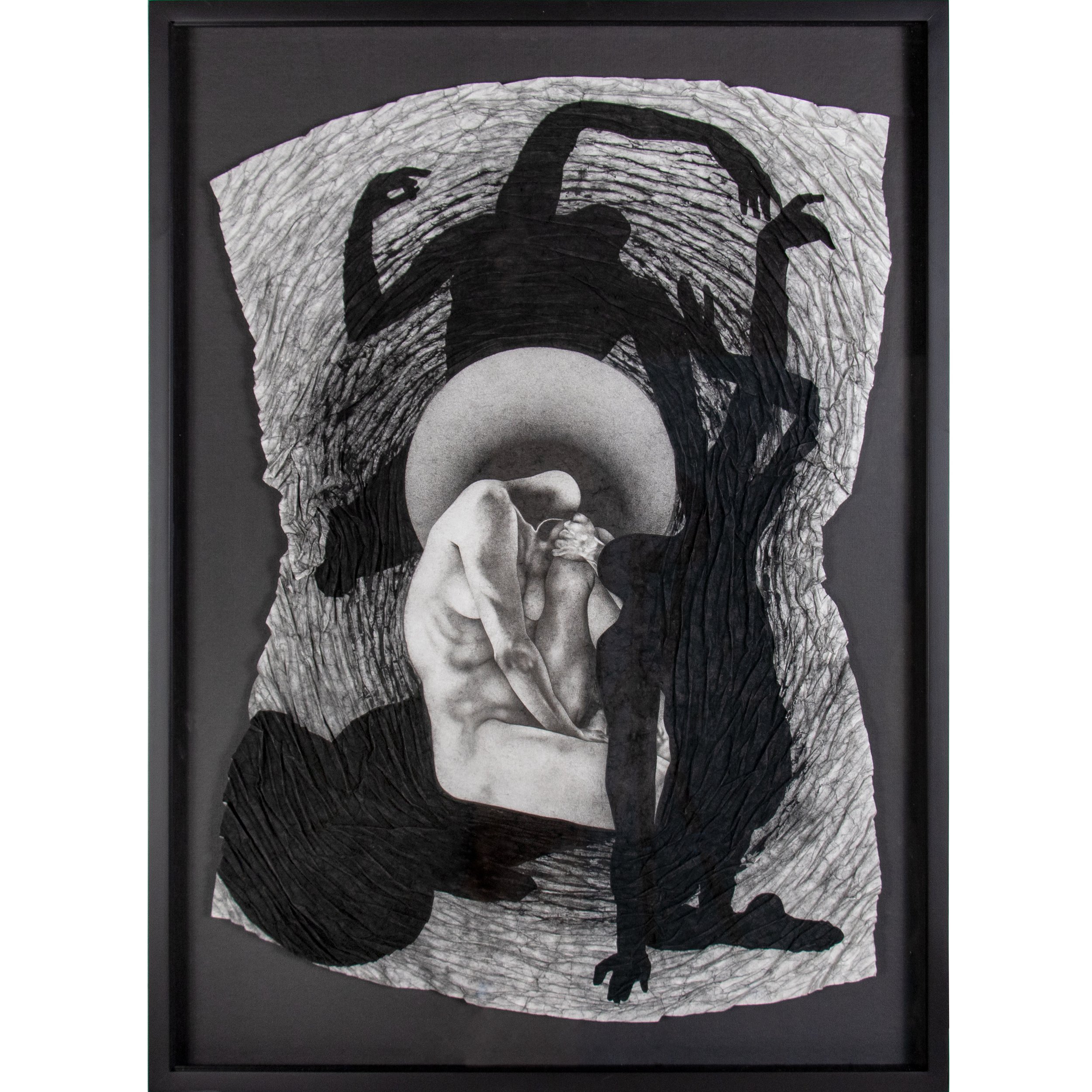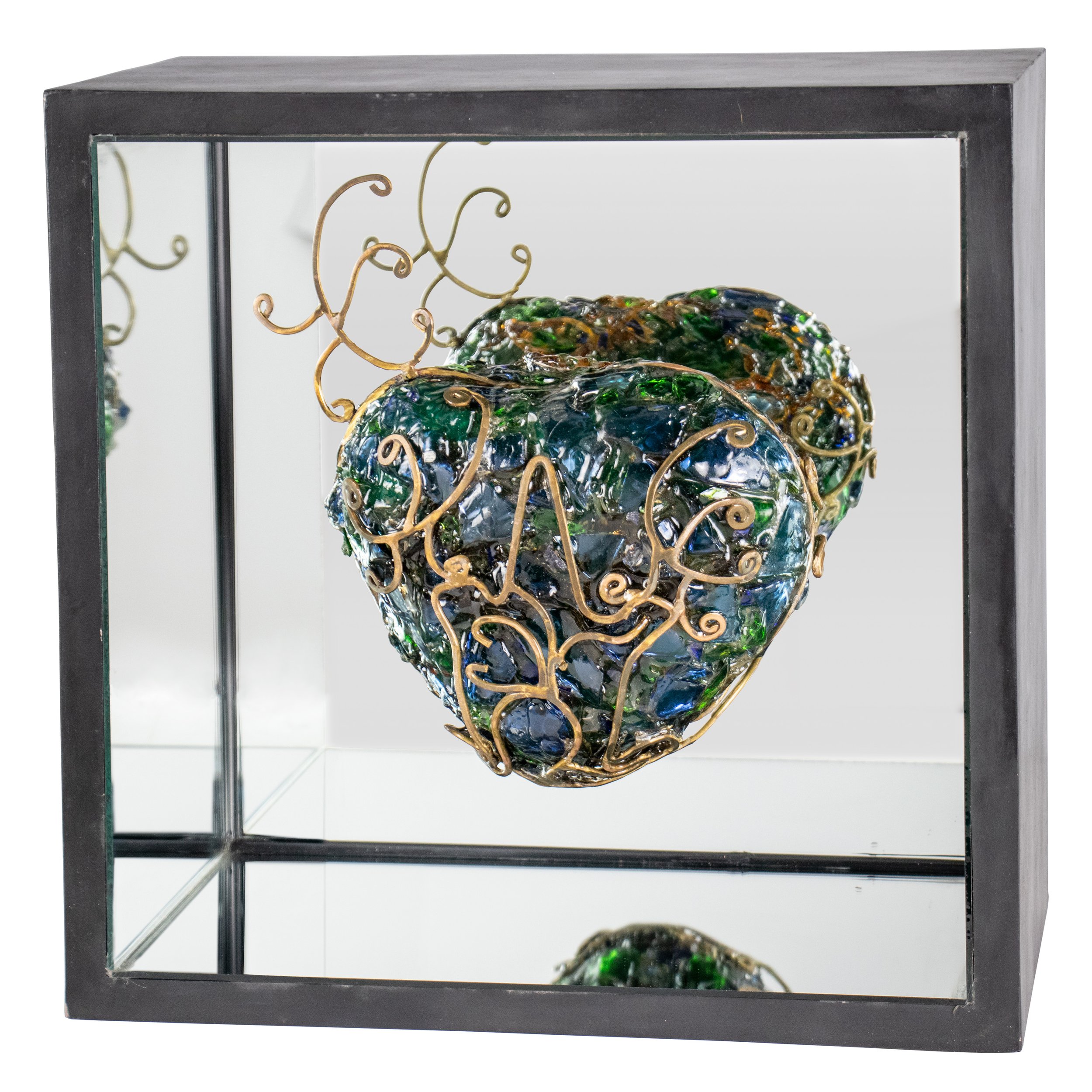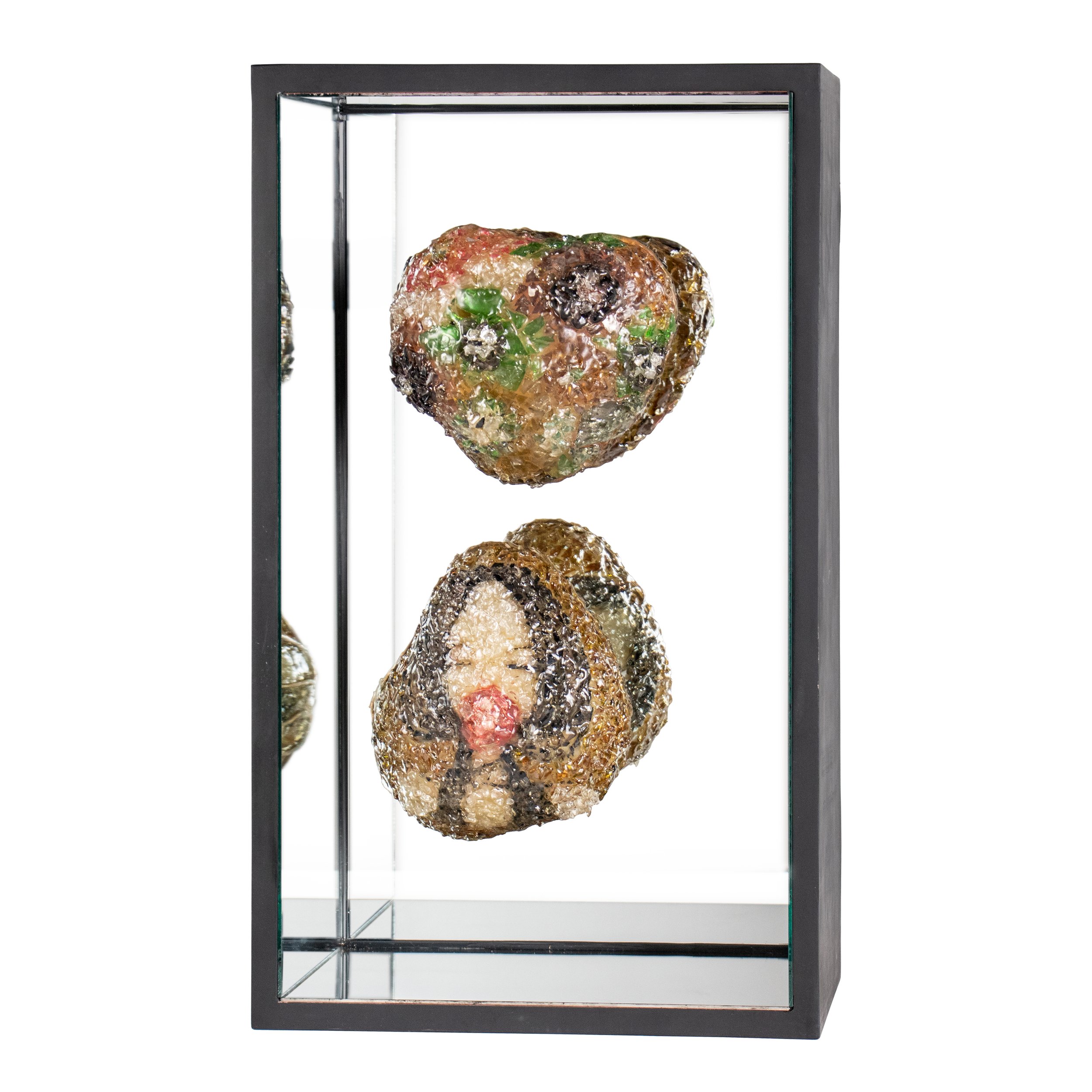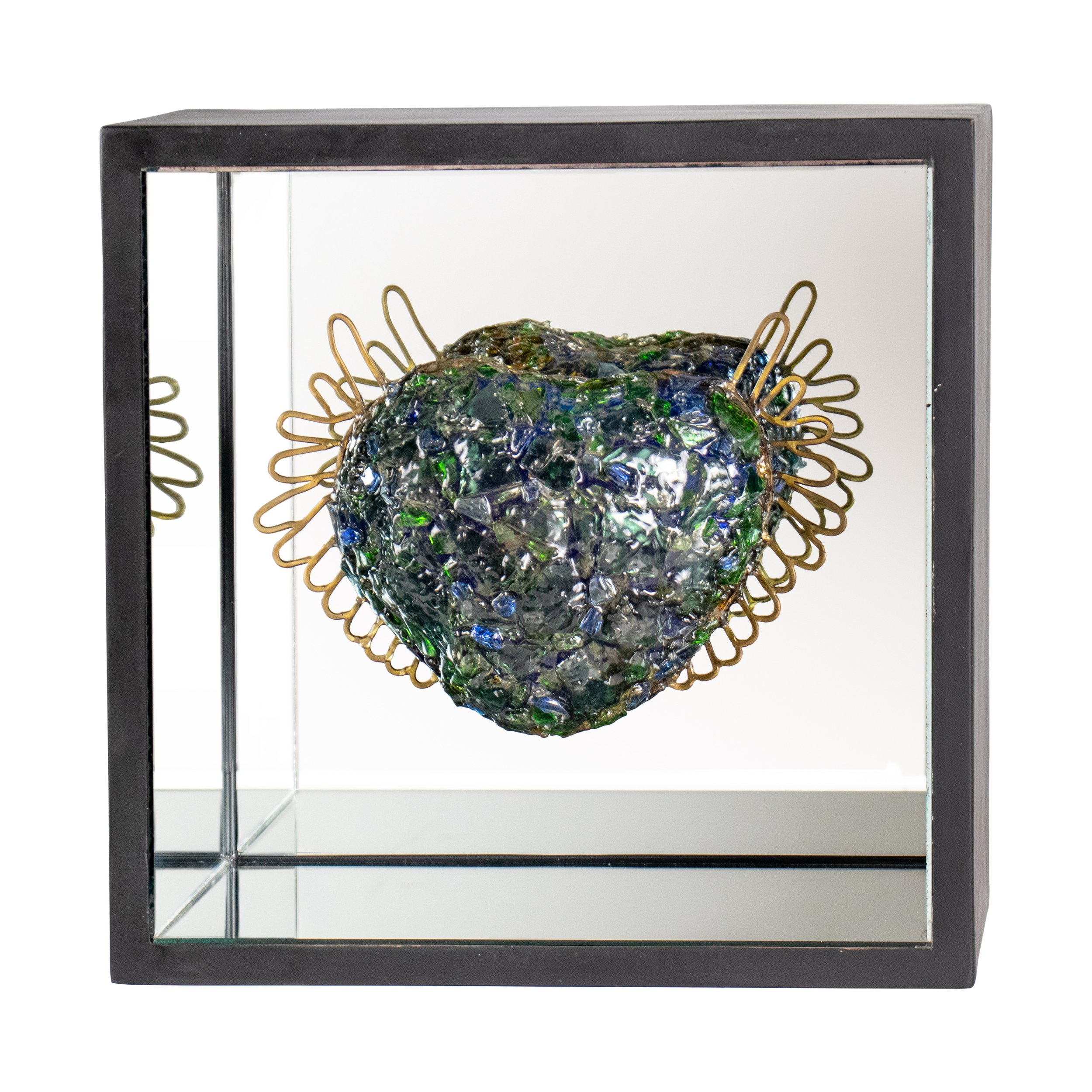Salcedo Private View Presents ‘Spotlighting the Sugilanon’
Salcedo Private View presents the timeless themes and captivating diversity of the Negrense way of life with its latest exhibition ‘Spotlighting the Sugilanon’.
Text and Images provided by Salcedo Auctions
March 29, 2023
Bugras Apang Nagaangtánay (Detached Yet Interconnected),’ 2023, acrylic on canvas.
Salcedo Private View presents Spotlighting the Sugilanon, where eight (8) artists from Negros Occidental reflect on the province’s rich tradition of sugilanon, a Hiligaynon word for folktales or legends that embody the timeless themes and defining characteristics of the Negrense way of life.
“A story is never just a story,” says Georgina Luisa O. Jocson of Off Center Creative Initiatives in her curatorial statement for the exhibition. Stories reflect the worldview of the people who made them, inadvertently transmitting the “values, traditions, and conventions between generations of peoples and across societies.”
The tales these artists attempt to examine are tales of the old–folktales and legends that provide glimpses of a way of life from a bygone era and yet continue to define the culture of the present. Furthermore, these are stories of their childhood - Negrense folk stories that they are revisiting as adults and looking at with more intent. What are the cultural values that these stories reinforce? the traditions and conventions highlighted?
The exhibit draws the folktales of Negros Occidental from “Mga Sugilanon Sang Negros,” an anthology of folk literature of Negros Island, collected and translated by cultural-historian and National Book Awards recipient Ma. Cecilia Locsin-Nava, Ph.D. The artworks, therefore, represent the artists’ response to the written works selected from a deep trove of folk oral tradition - the layers of transmission and interpretation all the more adding to the nuanced view of the art.
The tales of Negros Occidental were re-read and re-examined by artists Raymond Legaspi, Darel Javier, Frelan “Pakz” Gonzaga, Daryl Feril, Guenivere Decena, Michael John “Mikiboy” Pama, Katarina Estrada, and Moreen Austria. Coming from varied multidisciplinary backgrounds, these artists reflect on the stories that not only defined Negrense culture, but also shaped their personal lives.
(left)‘The Silaynon Revolutionaries,’ 2003, acrylic on canvas; (right) ‘The Ati Haciendera,’ 2023, acrylic on canvas.
Raymond Legaspi responds to “The Legend of Silay.”
The Legend of Silay honors the bravery of Kansilay, a female warrior who defended her community against a pirate attack. Kansilay is an Ati, indigenous to the island of Negros, and this inspired Legaspi, a Silaynon, to reimagine an alternative reality where Ati women take the spotlight. A multi-awarded advertising creative-turned-visual artist, Legaspi showcases what-if scenes in his distinctive rotund figures and warm colors.
(left) 'Casimiro,' 2023, oil on canvas; (right) 'Victorias,' 2023, oil on canvas.
Darel Javier responds to “How Victorias Got Its Name.”
Victorias City was named in honor of the Nuestra Señora de Las Victorias, after she appeared, together with San Casimiro, to defend the old town of Daan-Banwa from a pirate attack. With a background in architecture, Javier interprets the manifested faith in his expressive conceptual realism style, notable for his use of tattoos that infuses the pre-colonial tradition with familiar imagery, in portraying the town’s heroes.
(left) ‘Future Proofing,’ 2023, oil, acrylic, and spray paint on canvas; (right) ‘Made to Order,’ 2023, spray paint, hand-cut stencil, fabric, fabric paint, chest.
Frelan ‘Pakz’ Gonzaga responds to “The Legend of Kabankalan.”
Kabankalan City, according to the legend, is derived from the words kaban (chest) and kalan (iron tripod) - prizes a greedy father received from a merchant who bought his daughter’s hand in marriage. Gonzaga parallels this to current social realities, where Filipinas become commodities in exchange for financial freedom.
(left to right) 'Ang Bayo ni Kang (Kang’s Vest),' 'Tela Sang Kanlaon (Fabric of Kanlaon),' 'Ang Bayo ni Laon (Laon’s Vest);' 2023, UV print, paper, acrylic on polyester, thread.
Daryl Feril responds to “A Legend of Kanlaon.”
Among the many tales surrounding the volcano, this legend tells of how the formation rose from a common mound that buried a pair of lovers that met a tragic fate. Feril, a Bacolod-based multidisciplinary artist, looks at the spiritual importance of the volcano to the Negrense babaylan (shaman) and creates a reinterpretation of the anting-anting or talismans used for protection and healing.
(left) ‘Bugras Apang Nagaangtánay (Detached Yet Interconnected),’ 2023, acrylic on canvas; (right) ‘Fair Seas, Fair Maiden,’ 2023, resin tiles, print on canvas, silk cloth.
Guenivere Decena responds to “A Legend of the Siete Pecados.”
The seven islets found between Iloilo and Negros was said to have been seven sisters who incurred punishment from the heavens for their transgressions. Decena brings a unique perspective to the interpretation of this tale. As both a Filipina and someone still exploring her identity within that cultural framework, the multidisciplinary artist offers a nuanced analysis of the story’s implications.
(left) Michael John Palma, 'Kahilwayan (Freedom, Independence),' 2023, oil, aerosol, enamel, archival pen, charcoal, polymer glue, collage on treated panel wood; (right) 'Katalagman (Danger, Catastrophe, Disaster, Plague),' 2023, oil, aerosol, enamel, archival pen, charcoal, polymer glue, collage on treated panel wood.
Michael John “Mikiboy” Pama responds to “A Story of Kanlaon Volcano.”
Pama looks at another Kanlaon legend, where the hero appears to save a village from sacrificing their maidens to a dragon that lived in the mountain. The multimedia artist
employs his pop surrealism and heavy imagery to portray the overarching theme of good vs evil, echoing the views of the people who live around the volcano.
(left) 'The Catalyst,' 2023, pen and ink, wet charcoal on distressed hanji paper; (right) 'The Chrysalis,' pen and ink, wet charcoal on distressed hanji paper.
Katarina Estrada responds to “The Legend of Mambucal.”
Estrada utilizes distressed hanji paper and her intricate linework style to interpret the stages of change, of overcoming a great difficulty - in this case, the female character’s heartbreak - and coming out better and stronger.
(left to right) 'Love Filled,' 2023, fiberglass, broken pieces of glass, brass, resin on box frame; 'The Perfect Love,' 2023, fiberglass, broken pieces of glass, brass, resin on box frame; 'Self Love,' 2023, fiberglass, broken pieces of glass, brass, resin on box frame.
Moreen Austria responds to “A Legend of Mainit.”
According to the legend, the hot springs was a symbol of a man’s grief as he waited for his lover, not knowing that she died in sorrow after being married off to another man. Austria highlights this submissiveness and encapsulates the protagonist’s sorrow in a fiberglass-based sculpture, adding to her oeuvre of public art and installation works.
Folklores, legends, and myths are quintessential manifestations of a culture’s identity. These timeless tales, handed down from one generation to the next, serve as a rich repository of a society’s collective wisdom and belief systems. However, as the world around us changes and evolves, so do the values and beliefs that underpin some of these stories. Spotlighting the Sugilanon takes on this role to challenge and reinterpret these folk tales, while also capturing the essence of the Negrense soul and providing a sense of continuity and connection to a shared past.
Salcedo Private View’s ‘Spotlighting the Sugilanon’ is on view from March 29 to April 20, 2023 (daily except Sunday and Monday; Maundy Thursday - Black Saturday) at the main gallery of Salcedo Auctions, NEX Tower, 6786 Ayala Avenue, Makati City. For inquiries, phone +63 917 107 5581 | +63 917 825 7449 | +63 917 591 2191 or email [email protected].
